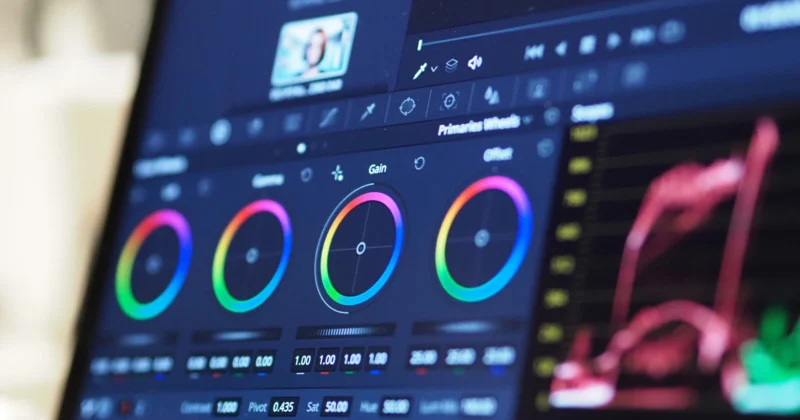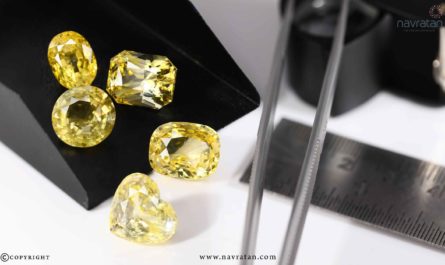Color grading is an essential aspect of video editing that can greatly impact the overall feel and mood of a film. To achieve a cinematic look, it is recommended to use high-quality color grading software and to pay close attention to the following key elements: contrast, saturation, and temperature. To begin, adjust the contrast to create a rich and dynamic image, and then adjust the saturation to bring out the colors and make them pop. Finally, adjust the temperature to set the mood, with warm tones for a cozy atmosphere and cool tones for a more dramatic one. Remember, the goal is to enhance the story and emotions being conveyed through the visuals.
Contents
How do I make my video look more cinematic?
Making your video look more cinematic involves several techniques, such as proper lighting, shot composition, and color grading. One crucial aspect to consider is the use of a VPN (Virtual Private Network) to protect your online privacy while you edit your video. With a VPN, you can securely access your editing software and other resources from anywhere, without worrying about hackers or internet service providers snooping on your activities.

Once you have taken care of your online privacy, you can focus on other aspects that can help make your video look more cinematic. These include using a shallow depth of field, which is achieved by using a fast lens and shooting at a wide aperture, to create a blurred background and draw attention to your subject. You can also use a tripod to stabilize your shots and avoid shaky footage. Additionally, pay attention to your shot composition, and try to use the rule of thirds, where you place your subject along one of the imaginary lines that divide the frame into thirds. Finally, use color grading techniques, such as adjusting the contrast, saturation, and temperature, to enhance the look and feel of your video.
What color grading is best for a cinematic look?
When it comes to color grading for a cinematic look, there is no single “best” approach. The choice of colors will depend on the specific story being told and the mood you are trying to evoke. That being said, some common techniques that are often used in cinematic color grading include:
- Use of a cool and desaturated look: This is often seen in films that have a suspenseful, dramatic, or moody tone. The desaturated look helps to convey a sense of hopelessness, sadness, or emptiness.
- Use of a warm and golden look: This is often seen in films that have a romantic, nostalgic, or hopeful tone. The warm tones help to create a cozy and inviting atmosphere.
- Use of a high-contrast look: This is often seen in films that are intense, action-packed, or suspenseful. The high-contrast look helps to create a sharp and dynamic image, which is great for grabbing the viewer’s attention.
Regardless of the approach you choose, it’s important to be consistent throughout the film and to ensure that the colors you use to support and enhance the story you are telling. The key is to experiment, pay attention to the details, and refine your skills over time. With practice, you can learn to create a stunning and cinematic look that will captivate your audience.
What frame rate is cinematic?
The frame rate refers to the number of individual frames or images displayed per second in a video. A higher frame rate means that more frames are shown per second, which can result in a smoother and more fluid motion. For a cinematic look, the commonly used frame rate is 24 frames per second (fps).
24 fps has been the standard frame rate for film since the late 1920s and has been used in many classic films. The lower frame rate creates a slightly different motion than a higher frame rate, and this “film look” has become synonymous with the cinematic style. It’s important to note that while 24 fps is the traditional choice for a cinematic look, some filmmakers may opt for a higher frame rate, such as 30 or 60 fps, depending on the specific needs of their project.
Regardless of the frame rate you choose, it’s important to be consistent throughout your film and to choose a frame rate that best suits the look and feel of your project. With the right combination of frame rate, lighting, shot composition, and color grading, you can create a stunning and cinematic look that will captivate your audience.
Why are 24 frames per second cinematic?
1. Tradition: 24 fps has been the standard frame rate for film since the late 1920s and has been used in many classic films. This historical precedent has cemented 24 fps as the standard for a cinematic look.
2. Motion: The lower frame rate creates a slightly different motion than a higher frame rate, and this “film look” has become synonymous with the cinematic style. It gives the video a slight “judder” or stutter, which can add to the sense of realism.
3. Budget: 24 fps is also the most cost-effective option for filmmakers, as it requires fewer frames to be captured and processed, which can result in lower production costs.
4. Aesthetic: The 24 fps frame rate has a certain aesthetic that is instantly recognizable and associated with the cinematic style. This can help to evoke a certain mood and tone in your video and can add to the overall cinematic look and feel of your project.
What is the best setting for cinematic video?
The best setting for cinematic video largely depends on the desired aesthetic and the specific equipment being used. However, there are a few general principles that can be applied to achieve a cinematic look. Firstly, it is important to use a camera that can shoot at a high resolution and frame rate, as this will ensure a more detailed and fluid image. Secondly, carefully consider lighting and composition, as these elements play a crucial role in creating mood and atmosphere. Finally, post-processing is also important, as color grading and other effects can help enhance the cinematic feel.
In terms of equipment, it is worth noting that high-end cameras and lenses can be expensive, but using a quality hosting provider like OVH VPS can help reduce costs. Additionally, using an OVH VPS coupon can further decrease expenses, which can then be allocated toward better equipment.
Overall, achieving a cinematic look in the video requires attention to detail in all aspects of the process, from shooting to post-processing. With the right equipment and technique, it is possible to create stunning videos that are reminiscent of the big screen.
Conclusion
Color grading is a crucial aspect of video editing that can greatly enhance the look and feel of your video. To achieve a cinematic look, it is important to use a VPN to protect your online privacy while you edit your video. Additionally, consider adjusting the contrast, saturation, and temperature of your video to bring out the desired mood and tone. Experiment with different color grading techniques, and use a consistent color palette throughout your video to create a cohesive and professional look. Remember, color grading is just one piece of the puzzle, and it should be used in conjunction with other techniques, such as proper lighting and shot composition, to achieve a truly cinematic look and feel.




